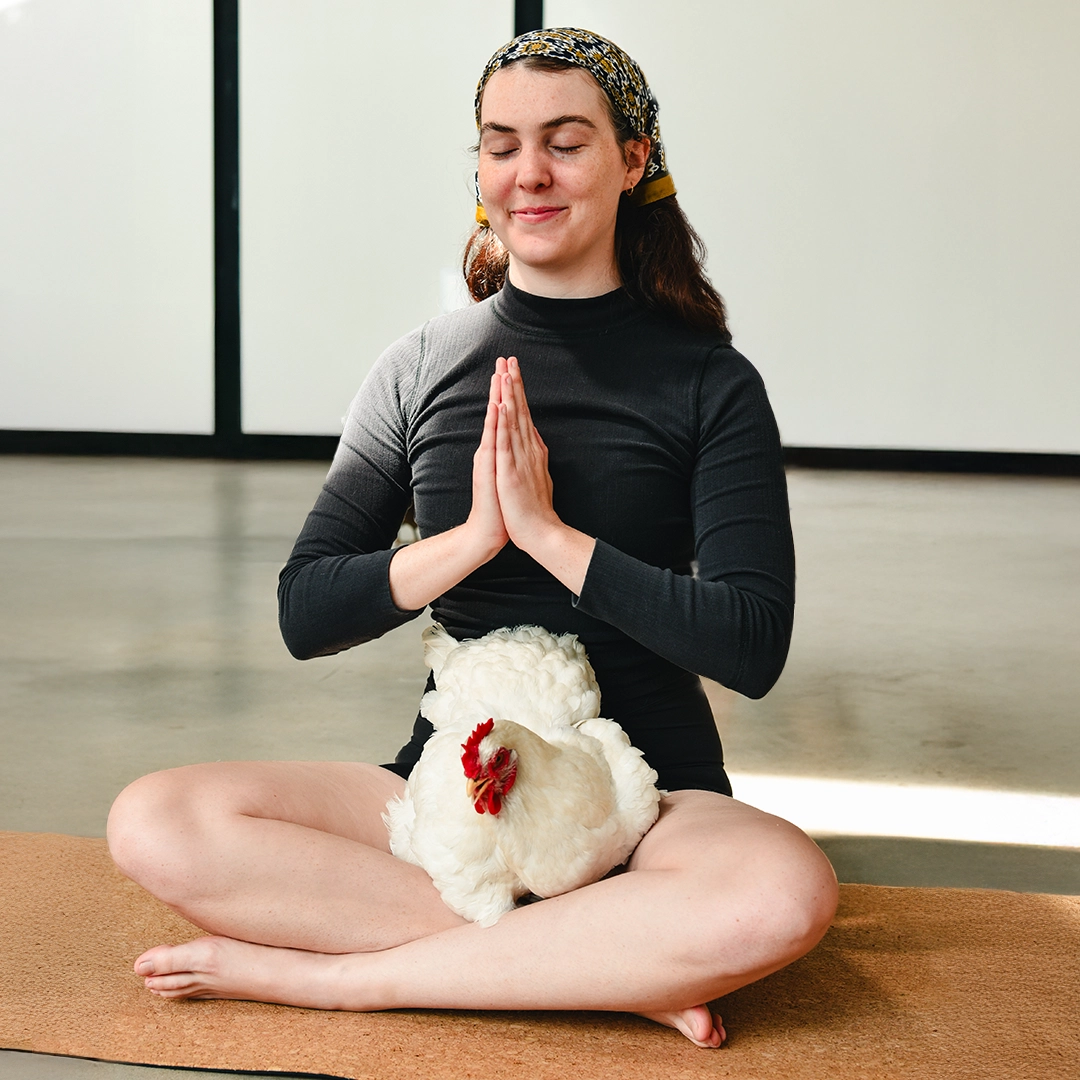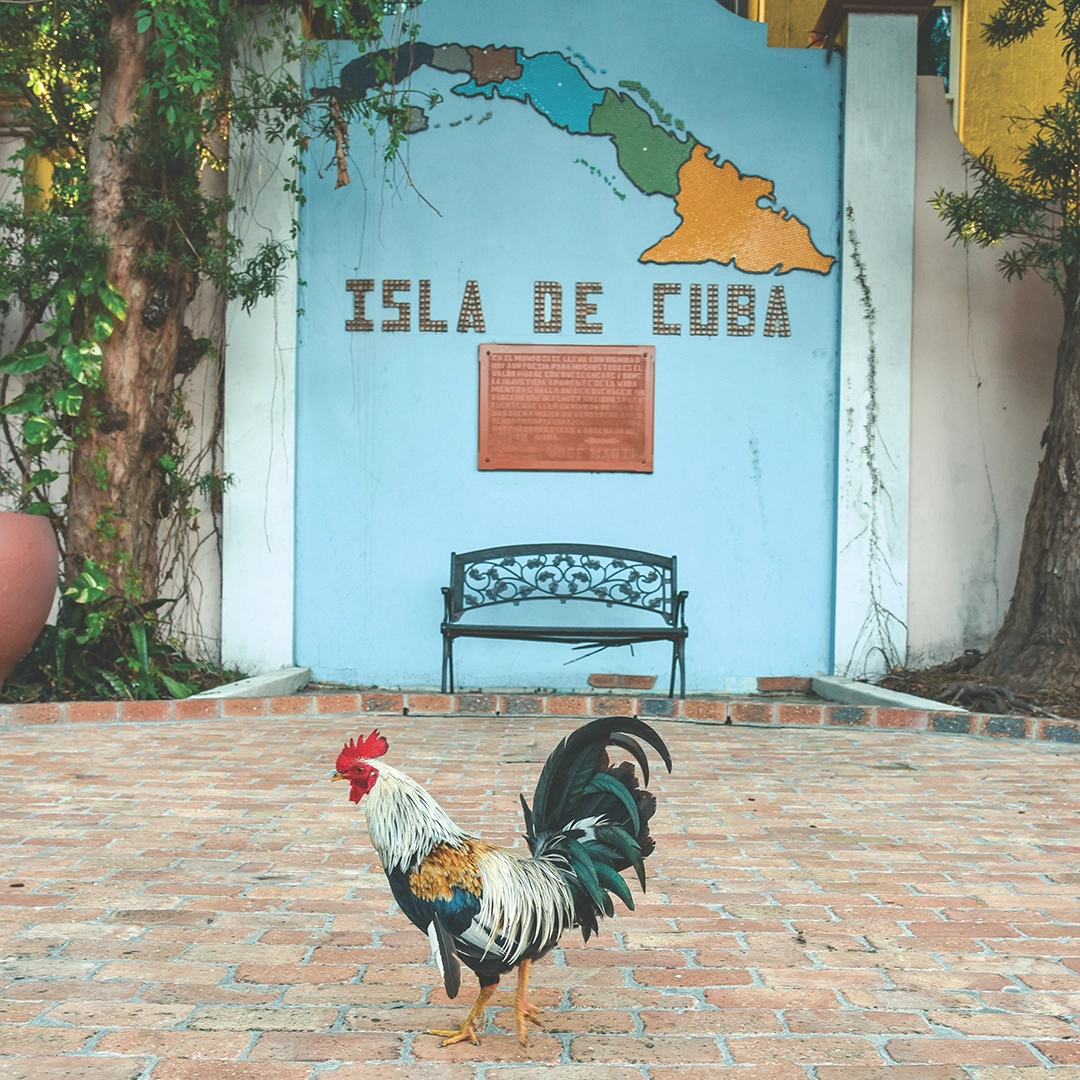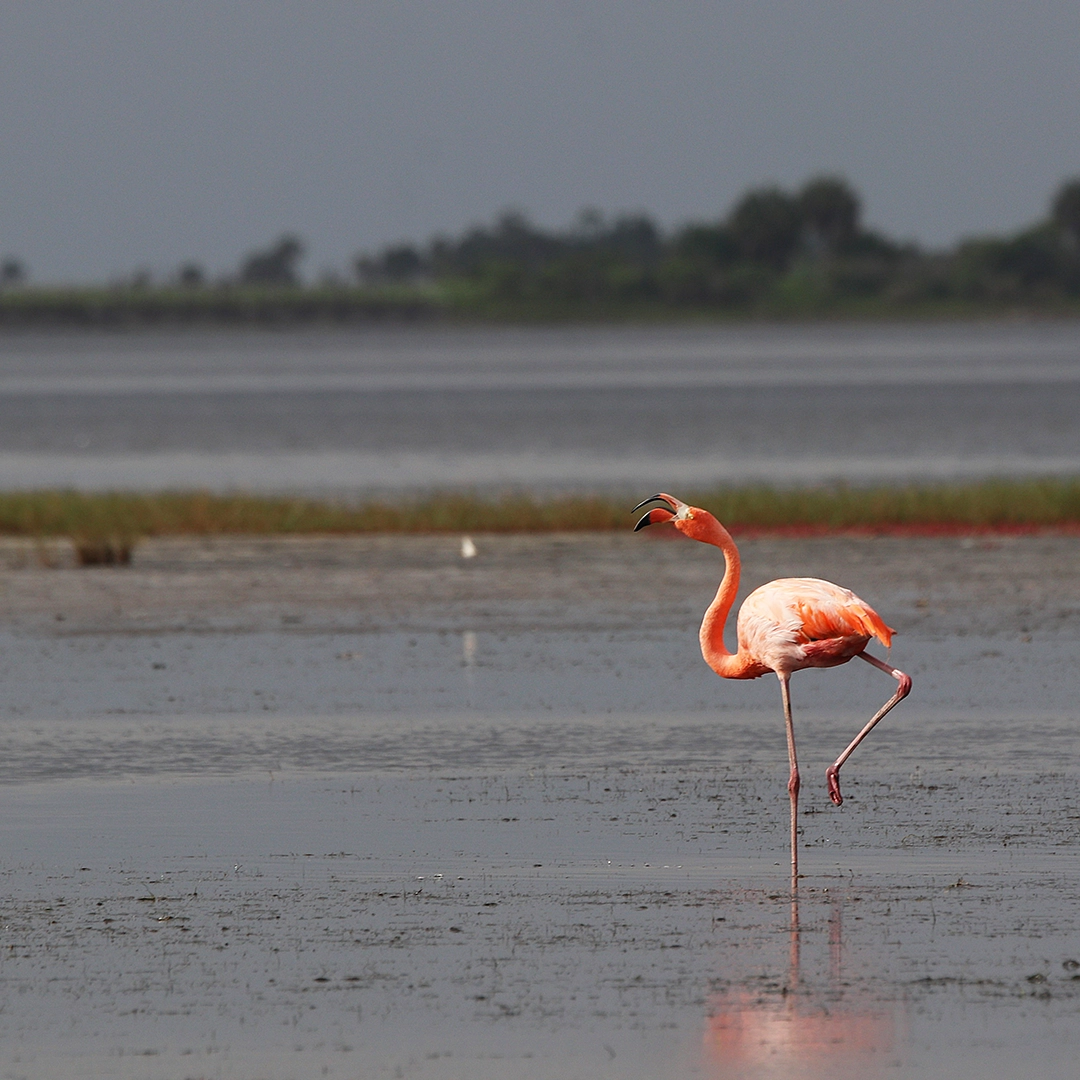by Terry Conway | March 1, 2017
Florida Sea Turtles: Running the Gauntlet
Dodging raccoons and hawks on the sand and evading sharks in the sea, these ancient mariners have made a remarkable population recovery in the last 30 years—with the tireless help of devoted scientists and turtle lovers.

A little past midnight on a July morning, when exotic constellations light the sky, my wife Jane, our Toller retriever Smarty and I head across A1A and down a series of wooden steps to a lower platform overlooking the ocean in southern Melbourne Beach.
Within a few minutes, a loggerhead turtle emerges from the waves, looking every bit a pre historic reptile at around 300 pounds and four feet in length. One of the earth’s most mysterious creatures, she trudges up above the high tide line, digs out an egg chamber and deposits approximately 60 soft-shelled eggs there, glistening white and about the size of a golf or ping-pong ball. When her task is done, she camouflages the site of her nest with sand and lumbers back to the water’s edge. Hesitating a moment, she dives into the sea.
Thirty seconds later there is a bright flash in the distant sky above the ocean. Up at Cape Canaveral, about 45 miles north of us, SpaceX is blasting off one of their powerful F-9 rockets. We follow its flight with a pair of binoculars as the spacecraft rapidly climbs into the heavens and arcs southward. Sitting on the beach, craning his neck skywards, Smarty lets out a couple of high-pitched Toller barks signaling his approval of the time-honored sea turtle nesting ritual and 21st century space exploration.

WELCOME TO OUR NEIGHBORHOOD.
A couple weeks prior, Jane and I were on an expedition behind the Barrier Island Center at Archie Carr National Wildlife Refuge with turtle expert and guide Heather Stapleton, whose passion for turtles is enchanting. Stapleton started as a turtle scout a decade ago and now says she’s “blessed” to lead turtle walks—three nights a week—during the height of the nesting season in June and July for the Sea Turtle Conservancy. Founded in 1959 by Dr. Archie Carr, a famed biology professor at the University of Florida, the conservancy is the oldest sea turtle research and conservation group in the world.
Sea turtles have remained virtually unchanged for 110 million years. If you spy them on land, they look clumsy and awkward hauling their huge bodies across the sand. Once in the ocean, their flippers become wings; their disk-shaped bodies pierce through the water.
From March through October, these ancient mariners will return to their home beaches to lay eggs. In the soft blue light before dawn, a team of University of Central Florida students on ATVs patrol the southern Brevard County shoreline, looking for the telltale flipper tracks from the previous night. They count, mark and safeguard the nests. They also record false crawls, where a spooked turtle retreated to the sea.
Generally solitary creatures, sea turtles migrate thousands of miles each year between foraging and nesting grounds and move seasonally to warmer waters. Females don’t reproduce until they are around 20 to 25 years old. Mating generally starts about a month prior to nesting season. Females may mate with several males and store the sperm for several months. When a female finally lays her eggs, they will have been fertilized by a variety of males, none of whom will ever leave the ocean.
A MAD DASH
On a moonlit September evening, we walk over to our stretch of beach. It’s been about 60 days since the loggerhead nest we’ve been eyeing was dug. It’s homecoming night. Using temporary, sharp egg-teeth, dozens of hatchlings begin to break open their shells. The baby turtles, each just a few inches long, emerge from their nest en masse in the cooler evening temperatures. The babies climb and tumble over each other as they scurry toward the ocean, using navigational markers—the white crests of the waves and the natural light of the ocean’s horizon—to guide them. They run the gauntlet trying to escape potential attacks of birds, raccoons and other predators ready to devour them.
Once they reach the ocean, the hatchlings’ challenges multiply—sharks, large fish and circling birds all prey upon the baby turtles. They can also perish after accidentally ingesting plastic bags and tar balls, often remnants of oil spills. The obstacles are so great that experts report that only about one in 1,000 survives to adulthood. Sea turtles have legal protection in the United States by the Fish & Wildlife Service under the Federal Endangered Species Act of 1973. In Florida, hawksbill, leatherback, Kemp’s ridley and green turtles are listed as endangered, while the loggerhead is listed as threatened.

Still, sea turtle protective measures throughout Florida have resulted in an amazing conservation success story in which Archie Carr National Wildlife Refuge is the setting and the protagonist. Spanning the 20.5 miles from Melbourne Beach to Wabasso Beach (just north of Vero Beach), it’s known as the most important stretch for loggerhead turtle nesting in the Western Hemisphere as well as the top area for green turtle nesting in North America.
When marine scientists initially started counting the nests of green sea turtles here in the mid-1980s, they only tallied about 40 nests in each of the first three years. In 2016, though, green turtle nests totaled 1,678, while there were 71 leatherbacks and only one Kemp’s ridley nest. Loggerhead nests numbered 20,411—crushing a record the turtles set at the refuge in 2015.
Though 2015 was a record-breaking year for greens, with more than 18,500 nests counted in Brevard County alone.
“It’s a remarkable recovery story,” says David Godfrey, executive director of the Sea Turtle Conservancy. “The increased nesting numbers we are seeing now are the result of joint efforts between conservationists, government officials and residents on the beaches. It’s so important to stay committed to the conservation of this species and not give up because sea turtles mature very slowly. The hatchlings born here 30 years ago are now finally reaching adulthood and coming back to those same beaches in the
Archie Carr Refuge.”

PASSIONATE VOLUTEERS
Nearly 90 percent of sea turtle nesting in the U.S. occurs on Florida’s coast, where long stretches of quiet and undisturbed beaches are protected from development and preserved for turtle nesting by the hard work of the Sea Turtle Conservancy.
As the first light appears in the sky over northwestern Florida, Sharon Maxwell leads a small group of dedicated volunteers looking for tracks of sea turtles, monitoring hatching nests and documenting the success rate. Last year, 57 nests were counted at South Walton Beach, all loggerheads. Eighty-five nests were tagged in 2015, totaling 79 loggerheads, three greens, two leatherbacks and a Kemp’s ridley. Sporting a parrot-like beak, the Kemp’s ridley has the unenviable title of most endangered marine turtle and is especially vulnerable due to its small, 30-inch length.
Operating under the rules and regulations of the Florida Fish and Wildlife Conservation Commission, Maxwell has held the state marine turtle permit here since 1995.
“We’ve got a good group of tireless, well-rounded volunteers who go through many hours of training,” says Maxwell, the longtime director of the program. “We’re learning more and more each year. The turtle nesting time is also the high season for visitors, so there’s a fine line between having a good time on the beach and being respectful to sea turtle habitat. At night, leave the beaches for the turtles. Make them most important.”
Anna Maria Island Turtle Watch has spearheaded the hard work of conserving 12 miles of the shore that edges the coastal waters of Manatee County. The vital role that sea turtles play in the health of this ecosystem cannot be overstated. They feed on sea grass and jellyfish, help control sponge life, and transport nutrients throughout the system, maintaining the well-being of the Gulf of Mexico and the beaches of Anna Maria Island.
“Over the past few years, more visitors come to AMI to shadow our volunteers at work or ask how they can be of help to us,” says Suzi Fox, who has spent 27 years working with sea turtles. “That’s rewarding.”

LIGHT SAVERS
After breaking loose from their shells, baby turtles face another looming threat in the lights of street lamps, oceanfront buildings and homes. These lights can cause them to become disoriented and mistakenly head inland, where they often die of dehydration or are killed by predators.
“There has been a switch in folks’ attitude,” Fox notes. “In the past, people and businesses were angry that they had to pull their stuff off the beach or turn out lights to aid turtle nesting. Today, I see more kindness and compassion. When folks come by our office and see the amber glow of the turtle-friendly light bulbs, they love the idea and purchase them. People realize if the beaches are healthy for the turtles, they’ll be healthy for all of us.”
In the Florida Keys, the Save-A-Turtle program is dedicated to the preservation of the hawksbill, Kemp’s ridley, green, leatherback and loggerhead species. The group works closely with Marathon’s Turtle Hospital, which has treated and released more than 1,500 sea turtles since the mid-1980s.
The hospital boasts a rambling, shaded outdoor rehabilitation facility with 23 individual tanks for sea turtles requiring intensive care. The tanks range in size from 150 and 800 gallons to a massive 100,000-gallon salt water pool. Among the injuries and ailments treated are shell damage from boat hits; intestinal blockage caused by the ingestion of plastic bags (they resemble jelly fish), fishing line or hooks; and fibropapillomatosis, an aggressive herpes virus that causes tumors, to grow around the flippers, neck and eyes, possibly as a result of biotoxins and pollutants.
“Fleming,” an 85-pound green turtle, convalesced at the hospital for four months after she was entangled in fishing line her body and eyes covered with tumors. Last July, she was fitted with a satellite-tracking transmitter and crawled into the Atlantic at Sombrero Beach, ready to compete in the 9th annual Tour de Turtles, a migration marathon featuring 14 sea turtles. Beaches in Clearwater, Vero Beach, Melbourne Beach, Costa Rica, Nevis, Panama and Cuba also released sea turtles.

SATELLITE TRACKING
Through the transmitters atop the competitors’ shells, Sea Turtle Conservancy and University of Central Florida researchers monitor the turtles’ travels using the same satellite technology employed to monitor global weather patterns. Each contestant’s progress can be followed closely for years (conserveturtles.org/sea-turtle-tracking).
“Tracking provides us with critical information on sea turtle migration paths and nesting areas,” says Dan Evans, Sea Turtle Conservancy’s Technology and Research Specialist. “Florida loggerheads are turning up in unexpected places like the Chesapeake Bay region and North Carolina. It’s also influenced policy, such as shifting depth and timing of long-line fishing in the Gulf of Mexico to reduce loggerhead bycatch.”
The superstar of sea turtles is the leatherback. It grows the largest (upwards of 1,500 pounds), dives the deepest, and travels the fastest (top speed 22 mph) and farthest of all sea turtles. A leatherback named Lady Aurelia was the overall champion of the 2016 Tour de Turtles. Traveling from her birthplace in Panama, she wound up north of Nova Scotia after swimming 3,465 miles to victory in the three-month marathon.
On a Friday evening in late July, a pair of nesting loggerhead turtles were legally rounded up near the Barrier Island Center, located in the heart of the Archie Carr National Wildlife Refuge. The next morning, close to 2,000 spectators turned up to cheer on Tour de Turtles contestants Leonora and Turpac. As the countdown continued, Leonora was spotted feverishly thumping her flippers at the wooden sides of her beach corral. An attentive volunteer placed a white towel atop the sea turtle’s head to calm her down.
Sea Turtle Conservancy researchers turned the loggerheads loose, and the pair lumbered down the beach to the water’s edge, where they paused a moment, then duck-dived under a wave into the sea. Home at last. At the race’s conclusion, Leonora earned second place, traveling 2,354 miles, while Turpac took third with 2,350 miles.
Each entrant in the Tour de Turtles marathon acts as an ambassador that raises awareness about a specific threat to turtles, such as boat strikes, ingested plastic debris or the nets of commercial shrimpers. The air-breathing reptiles will drown if they’re snagged in a net and dragged underwater for more than 50 minutes.
“Since 1987, all shrimp trawlers in U.S. waters have been required to use turtle-excluder devices, [which are] sort of trapdoors that allow ensnared turtles to escape,” explains Evans, who has worked with Sea Turtle Conservancy for two decades. “It’s one of the key reasons the Kemp’s ridley numbers have come up.”

DR. CARR’S DREAM
In the world of sea turtle research and conservation, Dr. Archie Carr (1909–1987) stands alone. Carr received his doctorate in zoology in 1937 from the University of Florida, where he taught for 50 years. He was a conservation biologist before the field was recognized and traveled widely to unravel many mysteries of sea turtles’ complex life cycles.
A longtime resident of Micanopy, Dr. Carr was a man of considerable wit and a brilliant writer of scientific and popular literature. He authored 10 books about sea turtles and their habitats throughout Florida, the Caribbean and Africa.
A tireless champion of the sea turtle, Dr. Carr was determined to inspire future generations to take up his life’s work. His own son, Archie “Chuck” Carr III, is an active member of the Sea Turtle Conservancy’s Board of Directors.
Dr. Carr pressed young scientists and researchers to learn what compelled sea turtles to return years later, and from thousands of miles away, to the beaches where they were born. One of Dr. Carr’s pet peeves was that satellite telemetry, used to track these these wondrous creatures’ routes in open seas, did not yet exist.
Through his constant work and measured wisdom, Dr. Carr inspired several generations of “turtle heroes,” folks like Donna Lee Crawford of Melbourne Beach and Kelly Martin of Clearwater and hundreds of others that patrol all of Florida’s coasts. Today, they spearhead beach clean-ups, keep nesting beaches safe and perform educational outreach to show how the public can better protect turtles.
“Sometimes I imagine an evening walk on the beach with Dr. Carr at his refuge,” Evans notes. “Seeing that sparkle in his eye when he’s told about satellite tracking used in the Tour de Turtles and other research and conservation efforts. I’m sure he would be amazed and proud of what he started back in the 1950s.”





